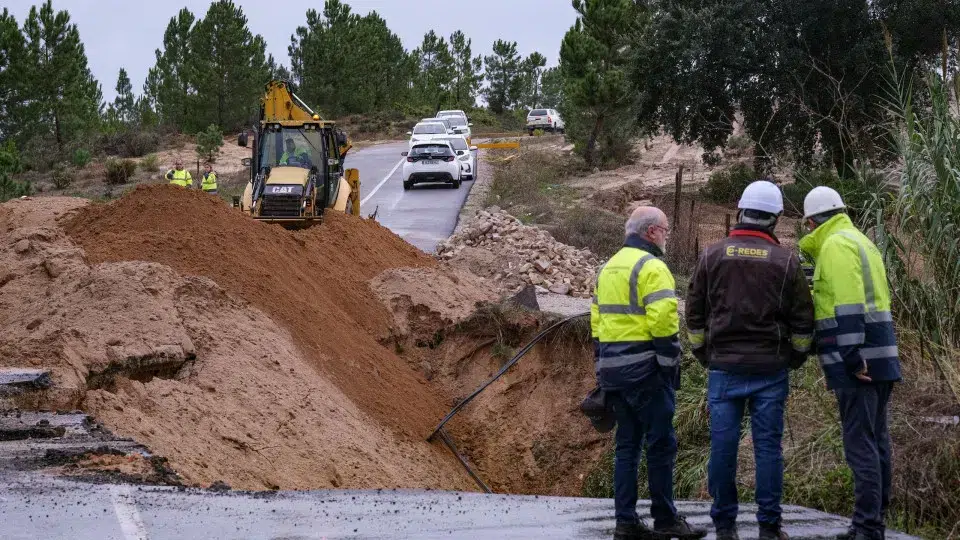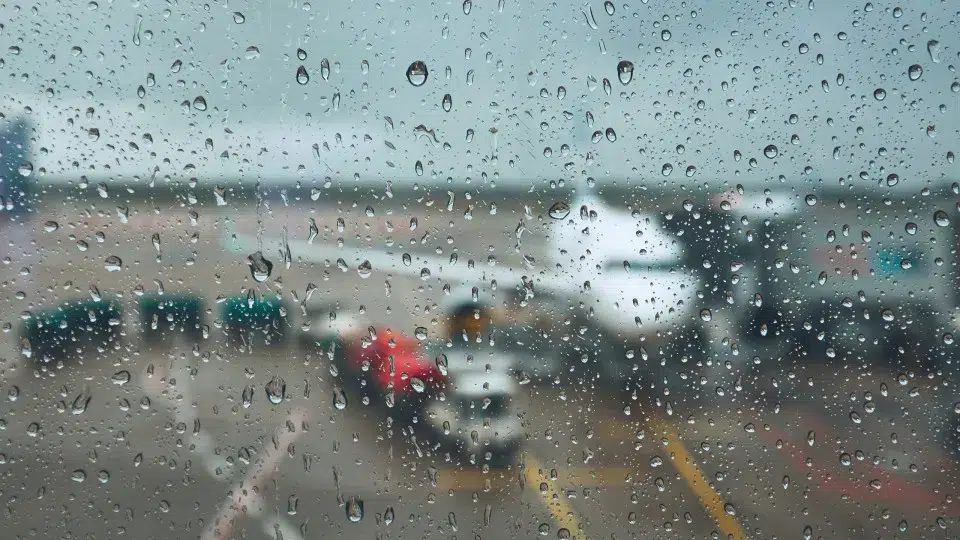
The National Authority for Emergency and Civil Protection (ANEPC) reported that of the 2,806 incidents, 1,507 were due to flooding, 529 due to fallen trees, and 311 for road clearances.
The Setúbal Peninsula was the most affected sub-region, with 597 incidents, followed by Greater Lisbon (349) and the Algarve (285).
In recent hours, the number of incidents has decreased, with 59 recorded in the last three hours.
As of a situation update at 5:30 PM, ANEPC had recorded 2,772 incidents associated with the passage of Storm Cláudia from 2 PM Wednesday to 5 PM today, which resulted in two fatalities and 32 displaced individuals.
ANEPC highlighted that the impact of severe weather can be minimized through appropriate preventive behaviors, especially in historically vulnerable areas. Measures such as unblocking rainwater drainage systems are recommended.
Civil Protection further advises citizens to be cautious when moving and staying in forested areas, take precautions near coastal areas and riverbanks, and avoid activities related to the sea, such as sport fishing, water sports, and seaside walks, as well as parking vehicles near the seafront.
Other preventive measures include defensive driving, reducing speed, and paying special attention to potential water accumulation on roads; avoiding crossing flooded areas to prevent being swept away into roadway holes or open sewers; and relocating animals, equipment, vehicles, and other assets from normally flood-prone areas to safe locations.
Storm Cláudia has affected mainland Portugal and the Madeira archipelago since Wednesday, with intense rain, wind, and maritime agitation, according to the Portuguese Institute of the Sea and the Atmosphere (IPMA).
Faro, Setúbal, and Beja are under an orange warning today and Saturday, the second most severe, due to the expectation of rain with “showers that are occasionally intense and accompanied by thunder,” as stated by IPMA, placing the other 15 districts of mainland Portugal under a yellow warning, the least severe, for precipitation, wind, and maritime agitation.
An orange warning is issued by IPMA when there is a moderate to high risk meteorological situation, while a yellow warning is for situations of risk for certain activities dependent on the weather conditions.




